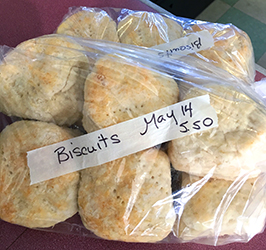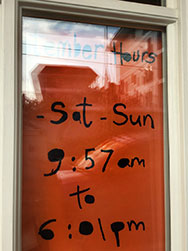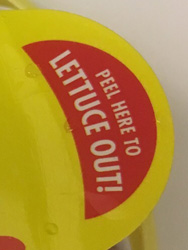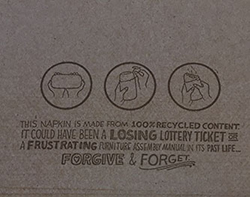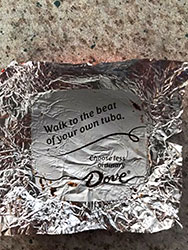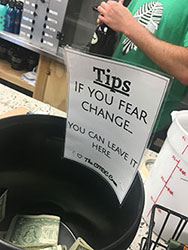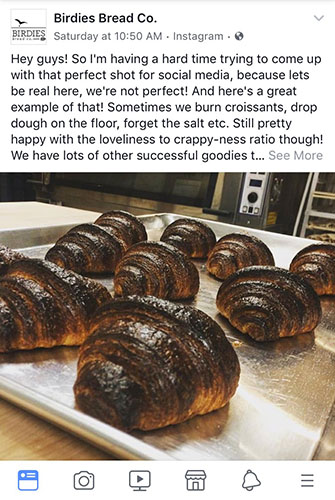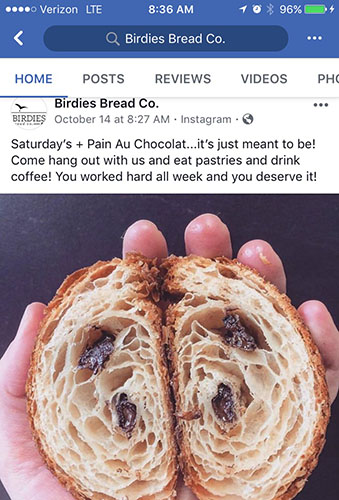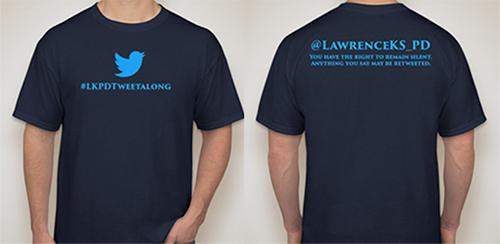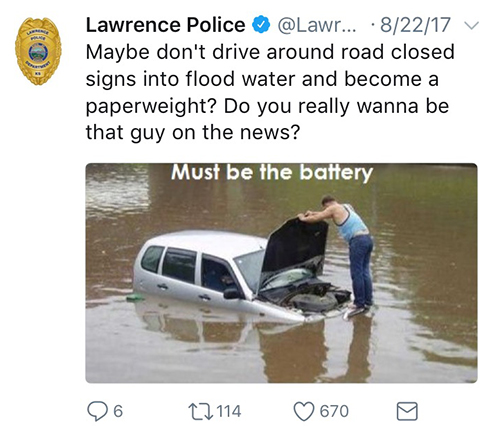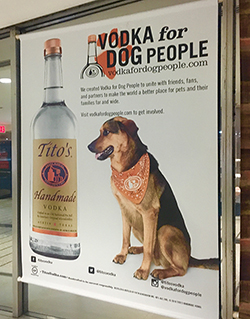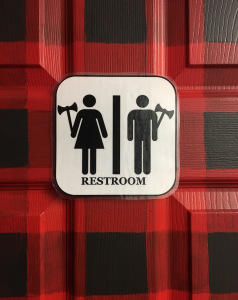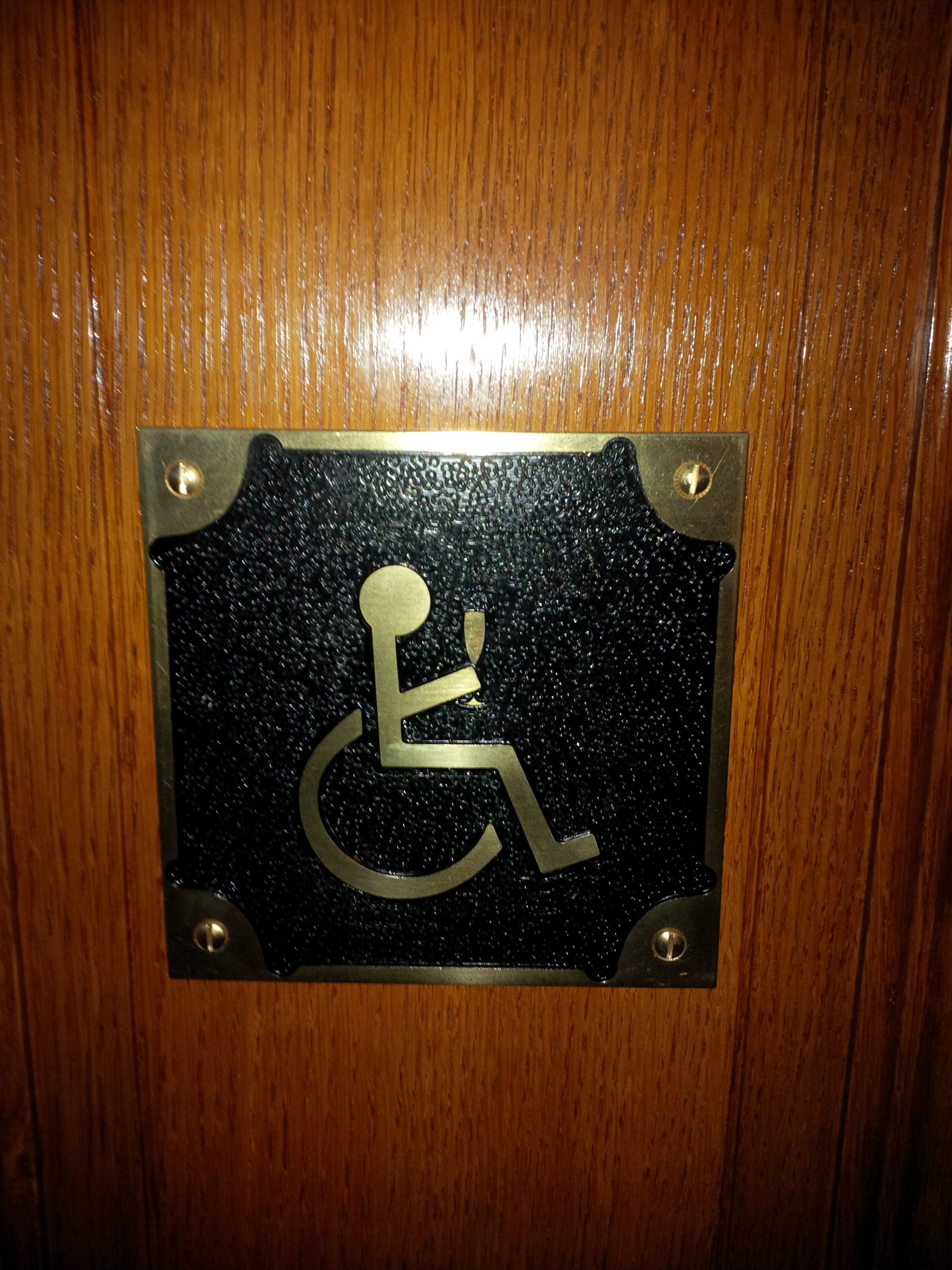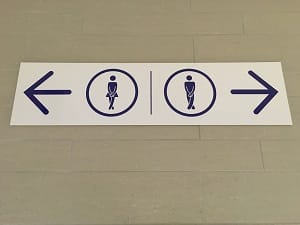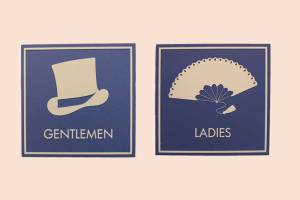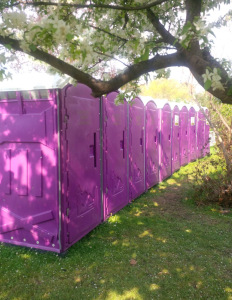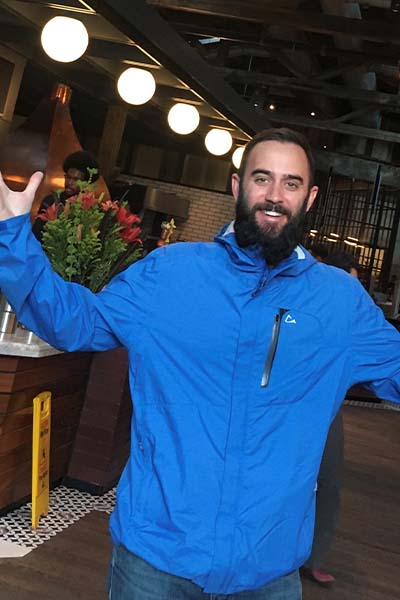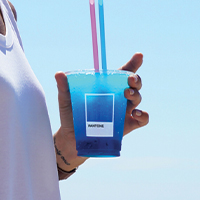
If you own or market a hospitality or tourism-related business, you should explore and embrace the concept of pop-ups… especially in the pandemic era. Here’s why.
First, they couldn’t be more aptly named. In the world of business and commerce, a pop-up is a temporary business venue that appears in a specific location and remains for a limited period of time. This could be a single day, a week, months, or even a year. The point is that it’s clear from the start that this place isn’t meant to be permanent. And with pandemic uncertainty casting a shadow over business plans and financial stability, we are all wary of investing in anything permanent.
Pop-ups are a business strategy and marketing tool that’s been used for years in a wide variety of industries, not just hospitality and tourism. Some examples:
- Polaroid created a pop-up lab in NYC for one month in an empty storefront to showcase its new product that allows you to print classic Polaroid-style photos from your phone.
- Activewear retailer Bandier hosted a pop-up spa in one of its New York stores with NuFace, who makes facial toning devices and skin care products.
- And pop-ups don’t even need a physical presence: Away luggage created a “pop-in” boutique at Nordstrom.com, with luggage pieces exclusively available to Nordstrom customers for a limited time.
The appeal of pop-ups to the brands that create them are easy to see: they’re flexible, temporary, come with low/short-term (if any) overhead, and they foster a sense of urgency for consumers. And if you’re popping up within the location of another brand (like Bandier and NuFace above), you also get the halo effect of aligning with that brand, as well as an introduction to its own customers…who, if you’ve chosen your brand partner wisely, are likely to be interested in your own brand as well.
Hospitality businesses – restaurants, attractions, hotels, and more – can use the concept of pop-ups in a variety of ways, such as:
- Hotels offering pop-up shops for retailers/attractions in their lobbies and public spaces: this could be great for community relations partnerships (with, say, a local craftsperson, bookstore, or museum) or a more high-profile brand partnership (a major clothing line, beauty products company, liquor company, famous chef from the city where you draw most of your guests, etc.). It’s a meaningful guest experience enhancement, and also allows for some effective cross promotion.
- Hotels producing their own pop-up shop, whether it’s a pop-in boutique with exclusive deals and experiences (like Away and Nordstrom), or an actual, physical pop-up shop located in a city you wish to target for potential guests. This pop-up could be a stand-alone storefront, or nestled within a retailer that makes sense for your brand.
- Restaurants trying out new concepts before making a full-fledged leap into a permanent location, or popping-up in a new city before settling there. Lots of restaurants/chefs are teaming up together, to produce pop-up concepts within established restaurants for a win-win: restaurants get paid for use of their space when they’d otherwise be closed (i.e. a dinner-only restaurant allowing pop-ups at lunch) and chefs/owners who want to do a pop-up get a fully-equipped location for it. See how the Boston restaurant scene is absolutely thriving on pop-ups during the pandemic.
- Attractions hosting pop-ups in the form of mini-experiences of their offerings… wherever they can reach groups of potential guests who might be lured to their main location: grocery stores, highway rest areas, large retailers or parks in cities where their potential guest base lives, etc.
The point is…this temporary nature is precisely the reason why the concept of pop-ups is well-suited for pandemic-era business strategy. You can try things, be playful, and test the waters without heavy, permanent investment. It could open up the freedom for you to experiment with things you might not have considered during “normal” times…by now, consumers are well accustomed to the concept of pop-ups and eagerly embrace them.
For more inspiration – and I mean fabulous, creative inspiration – this article gives some sound advice on what to consider when creating a pop-up, as well as 15 of the most imaginative and successful pop-ups produced in recent years, like the Pantone Café in Monaco which offers menu items aligned with the signature Pantone color chart (like the Pantone blue drink above). The Organic Valley pop-up is a particular fave of mine…fun, sassy, and brilliantly done…and I don’t even use half-and-half!
 get travel marketing tips
get travel marketing tips 
 Oh wait… did you just gloss over that last sentence without stopping to really absorb what it means, and what you should do about it? As if that was just another piece of blah-blah advice from a marketer? “Spend more time thinking about your marketing before taking action.” Duh. Of course that’s good advice, you say. So basic. I knew that. Give me something REALLY meaty to chew on, like something I didn’t know before.
Oh wait… did you just gloss over that last sentence without stopping to really absorb what it means, and what you should do about it? As if that was just another piece of blah-blah advice from a marketer? “Spend more time thinking about your marketing before taking action.” Duh. Of course that’s good advice, you say. So basic. I knew that. Give me something REALLY meaty to chew on, like something I didn’t know before.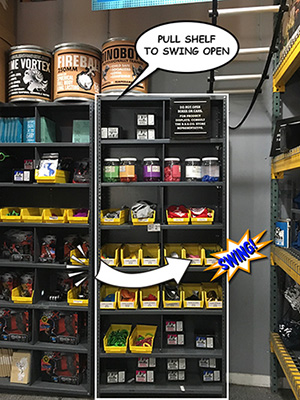 One section of the fully-stocked shelves actually swings out (if you know the trick) as a secret door. What’s behind the secret door? A classroom, where kids can experience workshops to foster their creative writing and imaginative thinking skills. There are evening and weekend sessions for kids aged 6 – 18, and they also offer after-school programs, host school field trips, and more.
One section of the fully-stocked shelves actually swings out (if you know the trick) as a secret door. What’s behind the secret door? A classroom, where kids can experience workshops to foster their creative writing and imaginative thinking skills. There are evening and weekend sessions for kids aged 6 – 18, and they also offer after-school programs, host school field trips, and more.